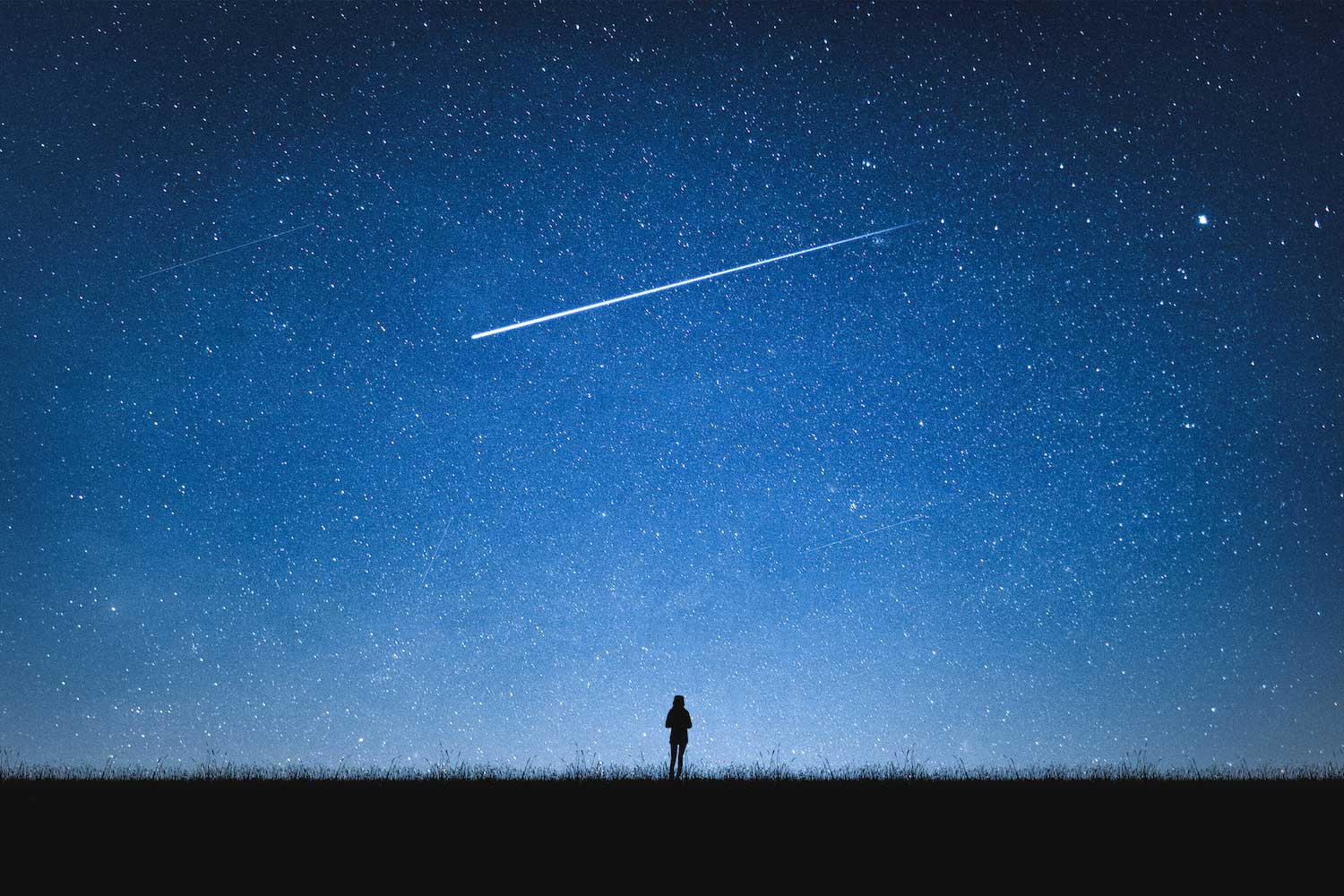Wish upon a shooting star: July a good month for meteor activity

Wishing upon a shooting star was made famous thanks to the Disney movie "Pinocchio" and its song "When You Wish Upon a Star," but people have been making these celestial wishes since long before the movie and song. In fact, it's a practice that dates back many centuries.
Historians believe the practice of wishing on shooting stars dates back to the second century, when ancient Greek astronomer Ptolemy wrote about gods looking down on Earth from the heavens, Wonderopolis reports. Ptolemy believed the gods could open a portal between heaven and Earth that would allow stars to fall down, and people would wish upon these shooting stars because the gods were paying attention to Earth and they would be more likely to come true.
Through the centuries, different cultures have had other beliefs about shooting stars. Some thought shooting stars were the souls of people traveling between heaven and Earth, while others thought they could be demons or angels traveling between realms, according to Wonderopolis.
Today, the practice persists mainly as a lucky superstition. For those who believe in wishing upon shooting stars, July is a good month because meteor shower activity will be heating up after a few months of relative quiet. Plus the warmer summer temperatures make it a little more enjoyable to be spending the late night or early morning hours stargazing.
Meteor activity will get started mid-month, when the alpha Capricornids get underway on July 12. Less than a week later two additional meteor showers will begin: the much-anticipated Perseids on July 17 and the southern delta Aquariids on July 18.
All meteor showers have a period of peak activity, and both the alpha Capricornids and southern delta Aquariids will peak on the same night, from July 29 to 30. Neither is a particularly strong meteor shower, but with both peaking the night of July 29 to 30 and overlapping with the Perseids until they end on Aug. 12, the period of late July and early August can be a good for wishing upon a shooting star.
The southern delta Aquariids are best viewed from the southern hemisphere, but viewing opportunities in the northern hemisphere will get a boost this year because the crescent moon will have already set before dark, creating a dark night sky, the American Meteor Society reports. Viewing conditions for the alpha Capricornids are the same in both the northern and southern hemisphere. It does not typically produce more than five meteors per hour, but as with the delta Aquariids, viewing conditions will be good this year.
The Perseids is the most attention-getting meteor shower of the year, and we'll start to see the stars — or meteors, really — flying from the shower in July as well. It is a long meteor shower, lasting from July 17 to Aug. 23, the meteor society reports. Peak activity will be centered on the night of Aug. 12 to 13. While this is the prime time to see the Perseids, this year's viewing will be hampered by a moon that is 84% full.
Want to see the Perseids with us this year? Join us for our Perseids in the Preserves programs from 8 to 11 p.m. at Forked Creek Preserve — Butcher Lane Access and Whalon Lake. After the Perseids ends on Aug. 23, there will be several weeks of relative inactivity in the skies above, with the next meteor shower not beginning until early October.
The month's full moon will be July 10, before the meteor showers get underway. The moon will reach its fullest point at 3:37 p.m. July 10, so you will be able to watch the full moon rising in the southeastern sky that evening.
The July full moon is known as the buck moon because it is the time of year when the antlers of male deer, called bucks, become fully grown, the Old Farmer's Almanac reports. The buck moon term was used by several Native groups. Other seasonally inspired full moon names for July used by Native groups include the berry moon, the thunder moon and the feather molting moon.
